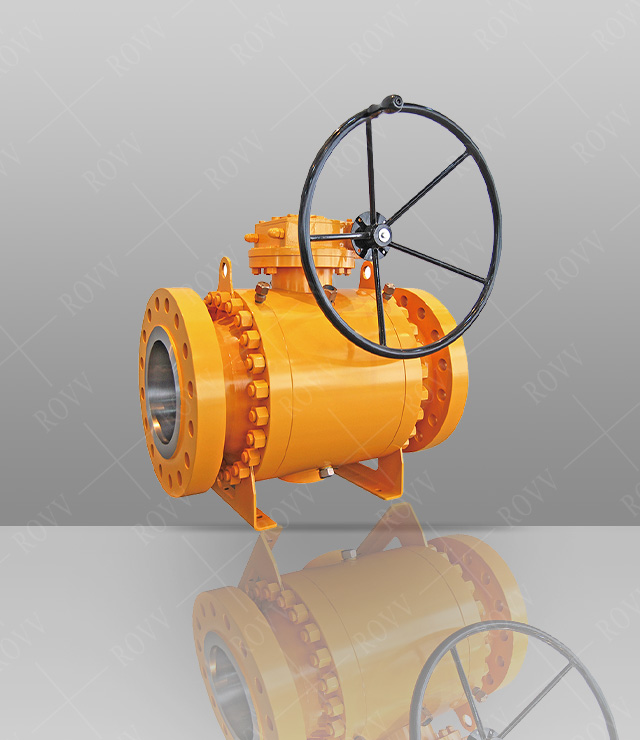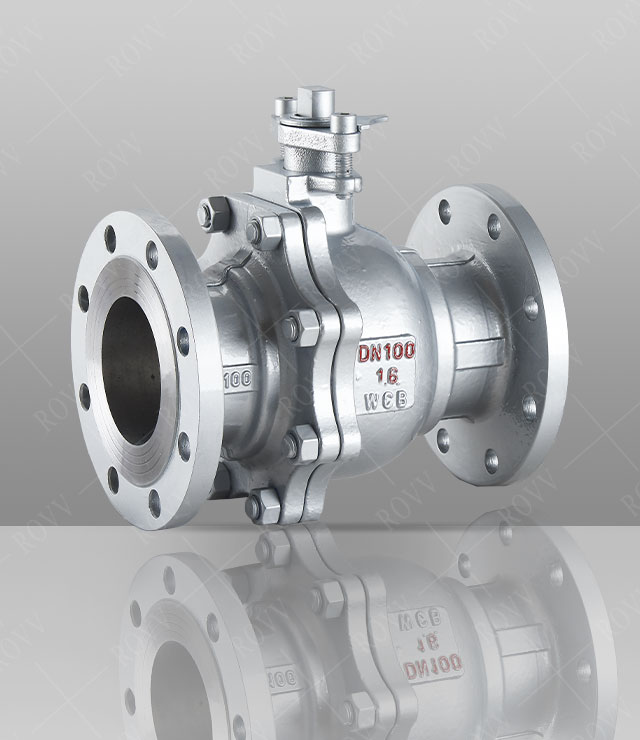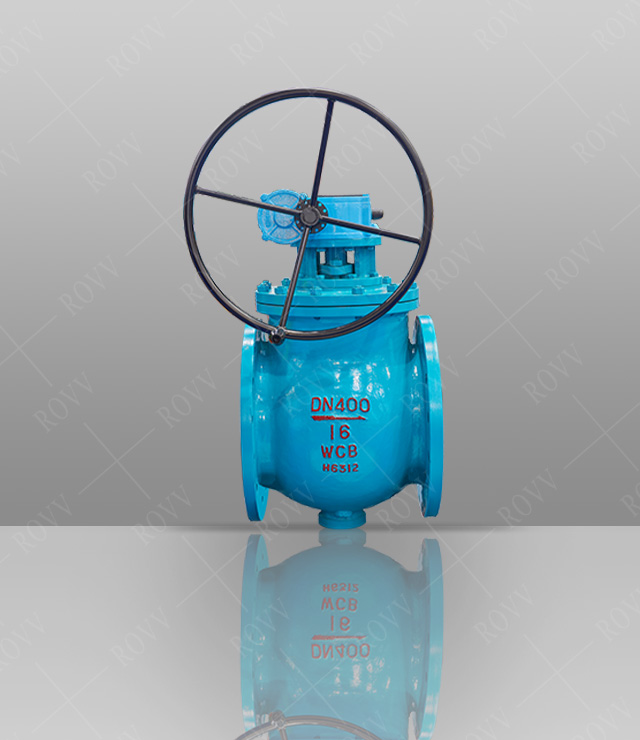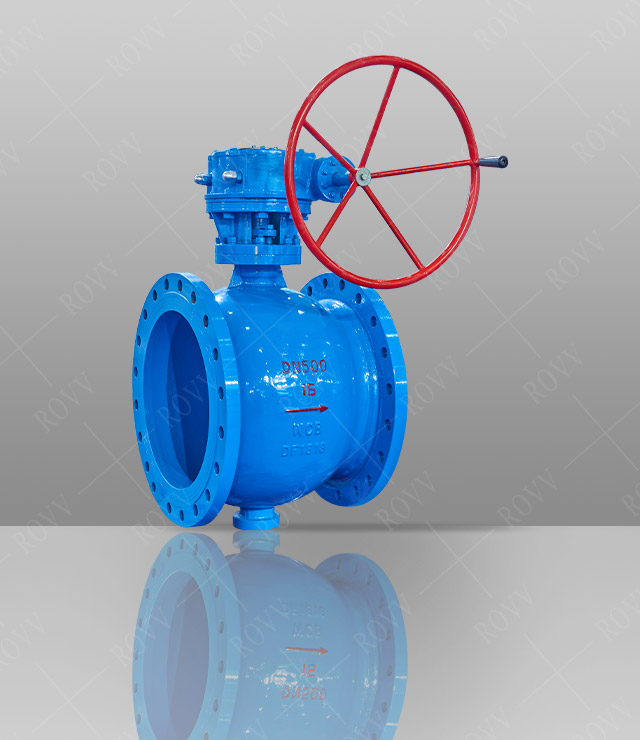Safety valves and relief valves
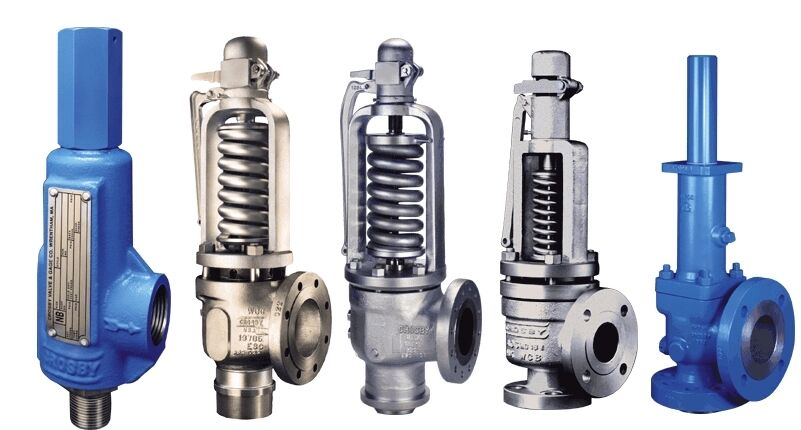
Safety relief valve (safety relief valve), also known as safety relief valve an automatic pressure relief device driven by medium pressure. According to the use of different occasions can be used as a safety valve or a relief valve.
In Japan, for example, to the safety valve and relief valve to make a clear definition of relatively few, generally used as a boiler such as a large energy storage pressure vessel safety devices called safety valves, installed on the pipeline or other facilities called relief valves. However, according to the provisions of the "thermal power generation Technical standards" of the Japanese Ministry of International Trade and Industry, an important part of the safety guarantee of the equipment is designated to use safety valves, such as boilers, superheaters, reheaters, etc. In the case that the lower side of the pressure reducing valve needs to be connected with the boiler and turbine, it is necessary to install a relief valve or safety valve. In this way, safety valves require more reliability than relief valves.
In addition, from the Japanese Ministry of Labor's high-pressure gas management rules, the Ministry of Transport and the rules of the ship association at all levels, the identification and regulation of safe emissions, we call the safety valve that guarantees emissions, and the valve that does not guarantee emissions is called the release valve. In China, whether fully opened or micro-opened collectively referred to as safety valves.
I. Overview
Ii. Definition
(l) SafetyValve (safety valve), an automatic pressure relief device driven by the static pressure of the medium in front of the valve. It is characterized by a sudden opening of the full opening action. For use with gas or steam.




